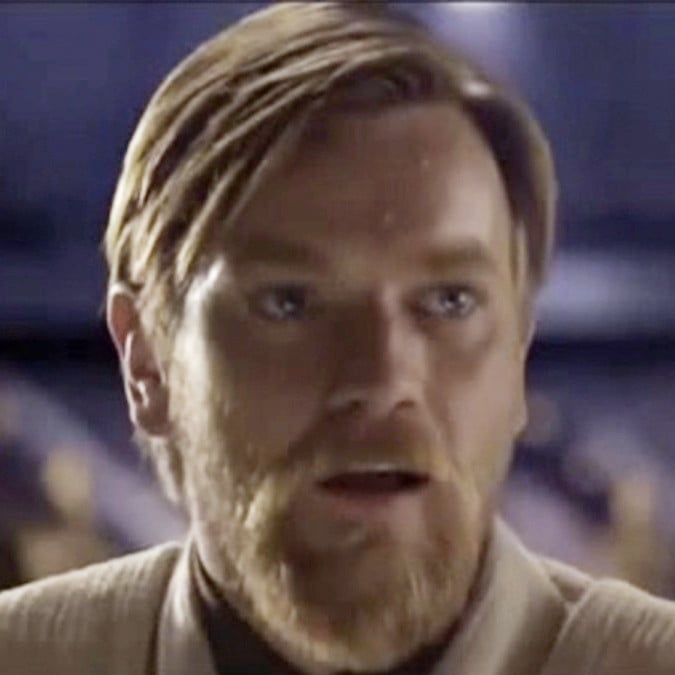Laughs in “will you allow <website> to use your camera?” (Yes/No)
- 0 Posts
- 10 Comments
EOL

 12·6 months ago
12·6 months ago10 minutes to widespread organ failure is a bit short for the players to figure anything out.
Can’t Improve Upon Perfection

 2·10 months ago
2·10 months agoYes it seems to have infinite energy but the throughput is limited to 2g of acceleration, unless you give it infinite time as well it will not reach c, though it would approach it.
Doing some calculation the final speed of 33kg, falling in 2g, for 70 years, without friction is “only” 99.77% the speed of light.
Edit: Forgot to convert the 0.9977c to percent.

 1·10 months ago
1·10 months agoWell, yes. We don’t know if the measurement we take is the result of a wave form collapse (we caused it) or the result of someone else having measured it, which would giving us the oposite value that they measured. We can’t tell if someone “sent” information or if it was the random result and we have no way to chose what value we (or the other end) gets when we collapse it.
This isn’t easy to explain over text so I’d recommend watching this video, specifically chapter “How to exploit?” as the visuals make it easier to understand.

 1·10 months ago
1·10 months agoBasically as far as we can tell there there is no information traveling at FTL speed so it just works? All information that is traveling is just as fast as c or slower.
“Certain phenomena in quantum mechanics, such as quantum entanglement, might give the superficial impression of allowing communication of information faster than light. According to the no-communication theorem these phenomena do not allow true communication; they only let two observers in different locations see the same system simultaneously, without any way of controlling what either sees.” link
“In physics, the no-communication theorem or no-signaling principle is a no-go theorem from quantum information theory which states that, during measurement of an entangled quantum state, it is not possible for one observer, by making a measurement of a subsystem of the total state, to communicate information to another observer.” link

 16·10 months ago
16·10 months agoAccording to special relativity, the energy of an object with rest mass m and speed v is given by γmc2, where γ is the Lorentz factor defined above^1. […] The γ factor approaches infinity as v approaches c, and it would take an infinite amount of energy to accelerate an object with mass to the speed of light. The speed of light is the upper limit for the speeds of objects with positive rest mass[…] This is experimentally established in many tests of relativistic energy and momentum.
More generally, it is impossible for signals or energy to travel faster than c. One argument for this follows from the counter-intuitive implication of special relativity known as the relativity of simultaneity. If the spatial distance between two events A and B is greater than the time interval between them multiplied by c then there are frames of reference in which A precedes B, others in which B precedes A, and others in which they are simultaneous. As a result, if something were travelling faster than c relative to an inertial frame of reference, it would be travelling backwards in time relative to another frame, and causality would be violated. In such a frame of reference, an “effect” could be observed before its “cause”. Such a violation of causality has never been recorded, and would lead to paradoxes such as the tachyonic antitelephone.
1 γ = (1 − v2/c2)−1/2



[incoherent rage]